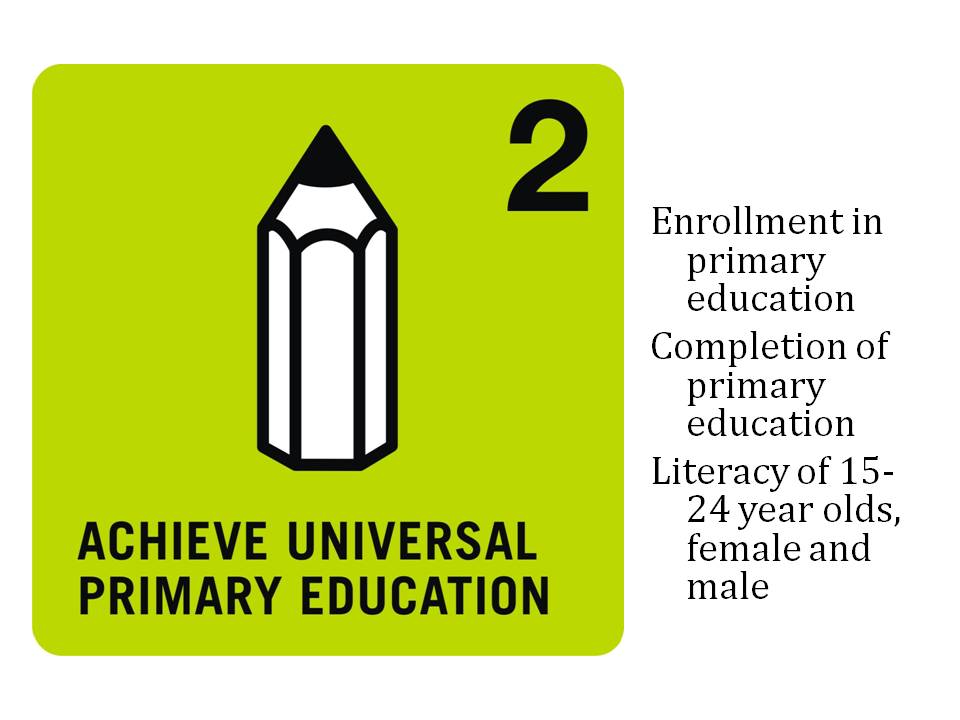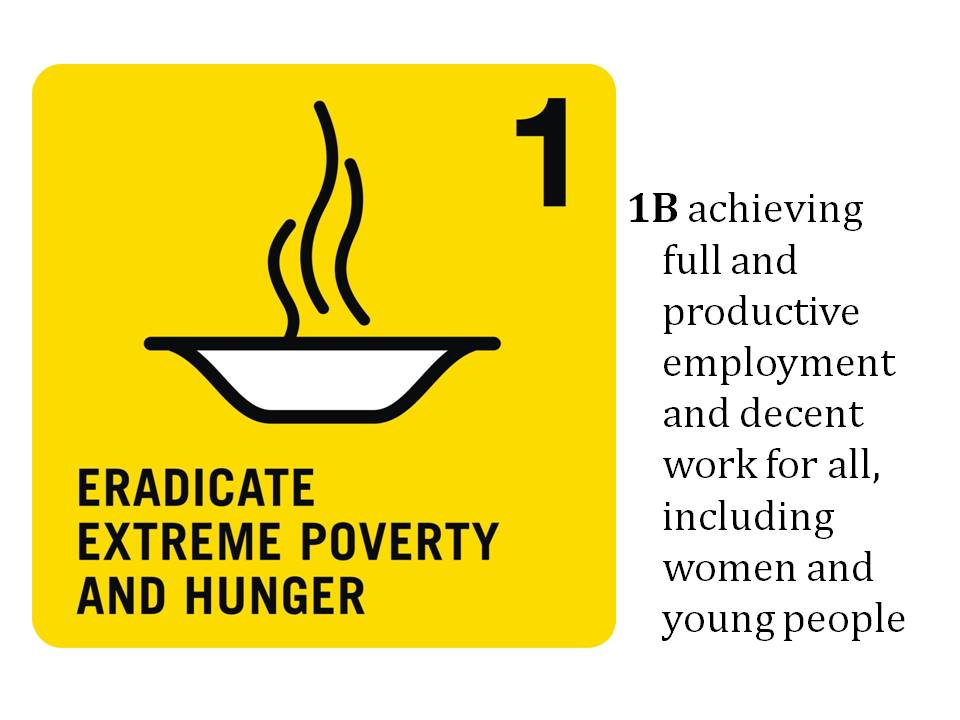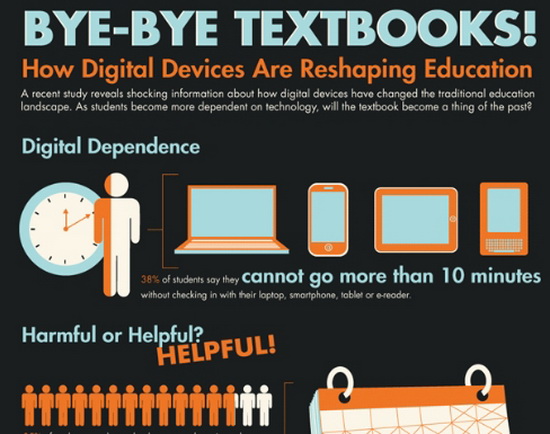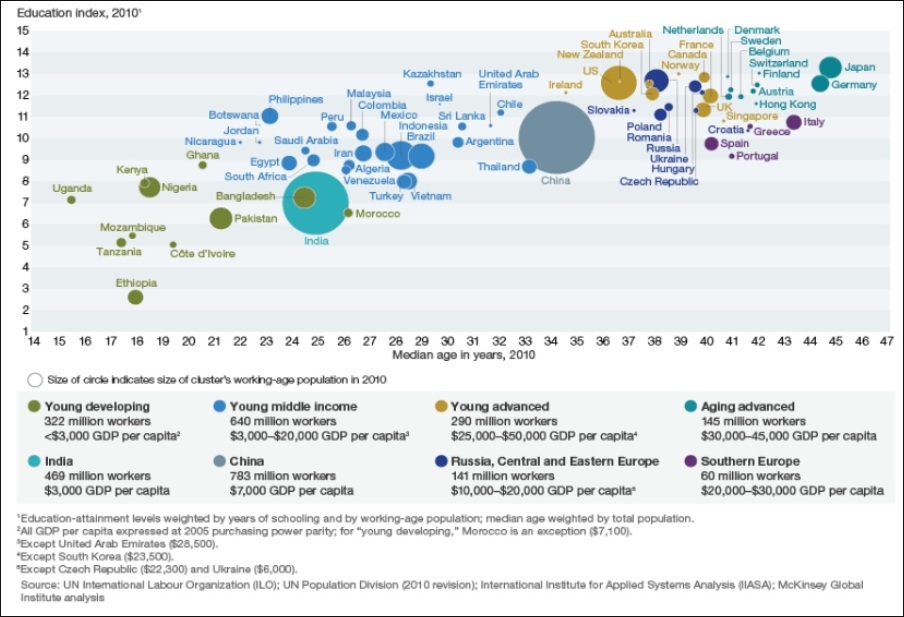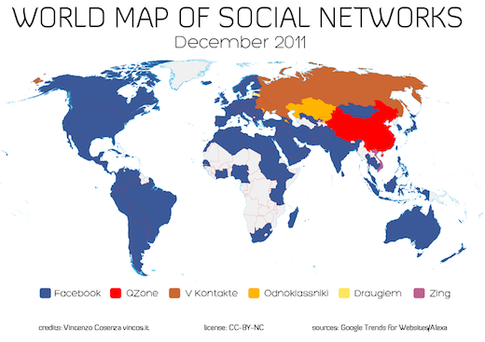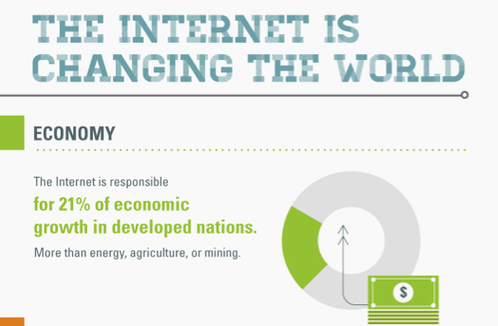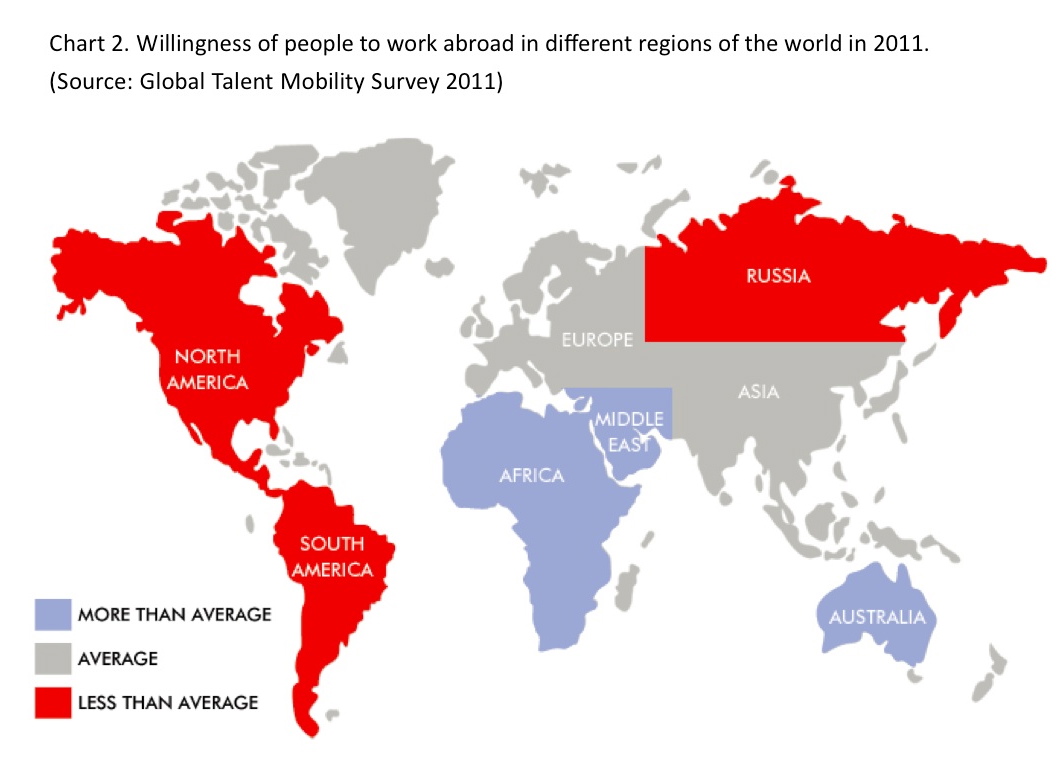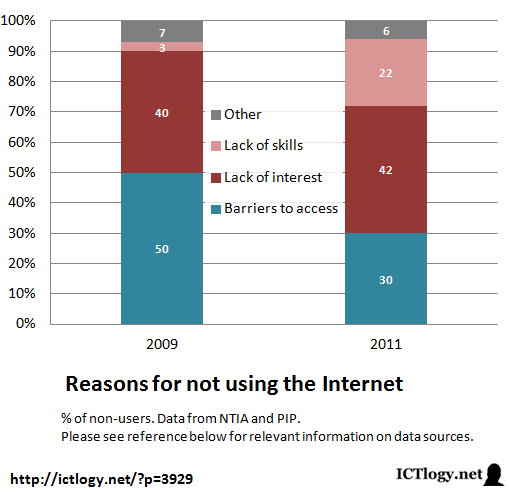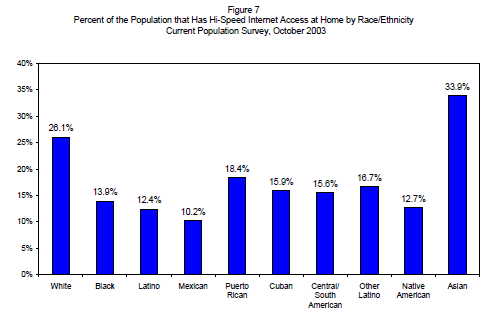Global
Submitted by brittanyyu on
Eradicate Extreme Poverty
Submitted by brittanyyu on
bye bye textbooks
Submitted by julie dequaindry on
Education index 2010
Submitted by brittanyyu on
world map of social networks
Submitted by julie dequaindry on
consequences of digital divide
Submitted by julie dequaindry on
Economic impact of the internet
Submitted by julie dequaindry on
Willingness to work abroad in different regions of the world
Submitted by brittanyyu on
Reasons for not using the internet
Submitted by julie dequaindry on
Percent of the Population that Has Hi-Speed Internet Access at Home by Race/Ethnicity
Submitted by julie dequaindry on



